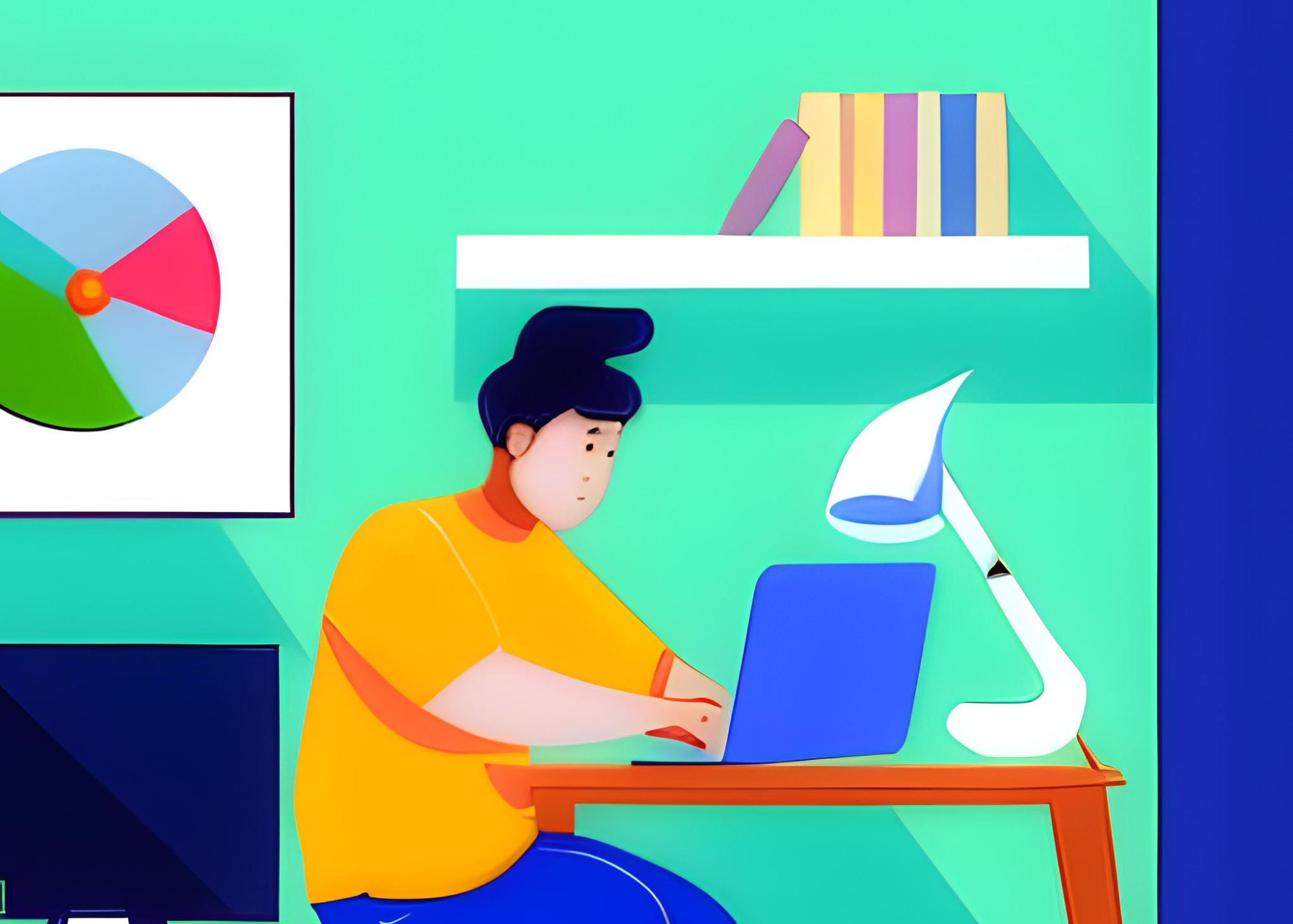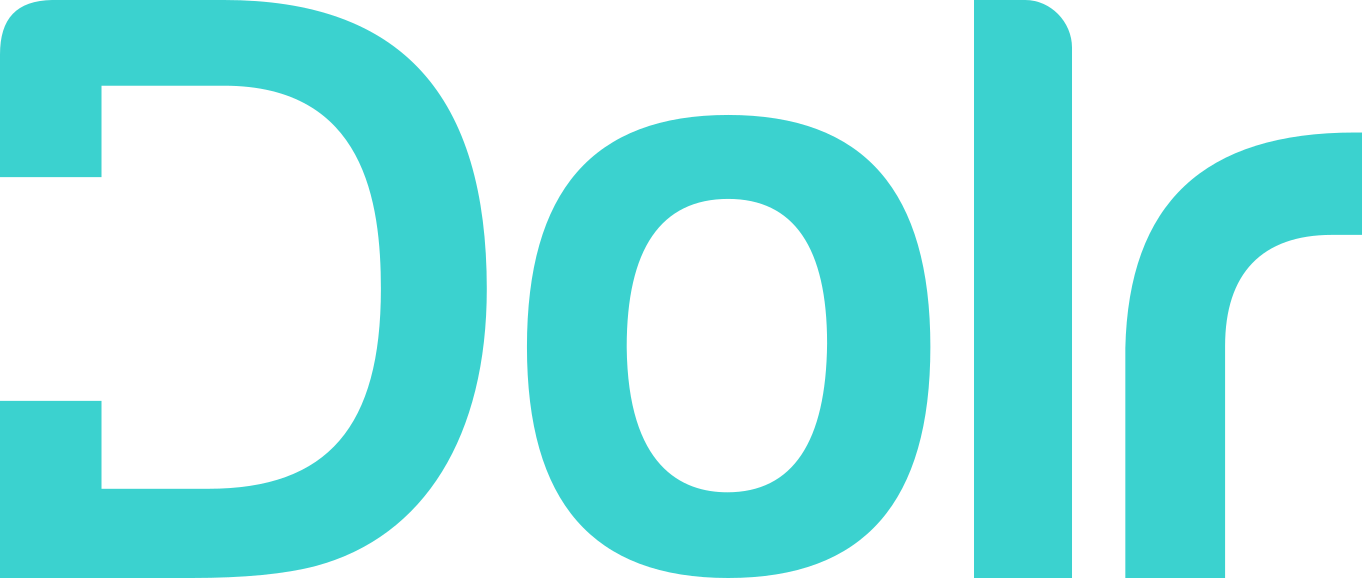When Will Student Loan Repayment Resume?

Whether you completely forgot about your student loans during the pandemic (understandable) or kept diligently making some payments (go you!) or put money aside in a high yield savings account (also legit), you’re probably hearing the rumblings: student loan payments are coming back.
And if you’re a little confused on exactly when repayment will begin again, you’re not alone.

Here’s what you need to know about the repayment freeze and when repayment will begin again.
Quick background on the student loan repayment freeze
In March 2020, President Trump instituted a federal student loan repayment freeze because of the COVID-19 pandemic. The freeze provided much-needed relief for millions of Americans struggling to repay their student loans. President Trump and then President Biden extended the freeze eight times.
In the midst of the repayment freeze, two Supreme Court challenges entered the picture. And those have created continued confusion about when borrowers will be getting billed again — and perhaps as importantly, when interest will start accruing. (Because we all know the interest is the thing that gets us.)
When will the student loan repayment freeze end?
Okay, so student loan repayments were set to resume in January 2023. But then in November, President Biden said that wasn’t really fair to borrowers who were still waiting to hear the outcomes of the two Supreme Court cases — which would let many borrowers know whether they would have loans forgiven or not. Legit point on President Biden’s part.
So he extended the freeze until “no later than” June 30, 2023.
Sounds pretty clear, right?
Not so fast. The Supreme Court hasn’t ruled yet on the cases, and the White House has said again and again that they’ll give borrowers at least 60 days notice before ending the repayment freeze. If the Supreme Court rules at the very beginning of May, repayment could reasonably resume at the end of June. But if they rule later then that (the Court has until June 30), the freeze could go on for another couple months after the June 30 deadline.
Most political analysts are anticipating interest resuming on student loans in September and payments resuming sometime after that. There’s even been a suggestion that borrowers may get a grace period.
See: 6 Reasons Employers Should Offer Student Loan Benefits
How to prepare for repayment beginning again
It’s tough to figure out how to plan and budget in the face of all this uncertainty. If you’ve been making payments or setting aside money in a savings account all along, then the end of the freeze won’t feel like a big change.
But if you’ve paused payments throughout the freeze, that monthly bill may be tough to swallow.
Here’s what to do now:
- Get the numbers. Reach out to your loan servicer to find out what your total monthly payment will be. If you don’t know who your loan servicer is, head to studentaid.gov to find out. Unfortunately, you should expect that connecting with your loan servicer could be challenging. Both loan servicers and the federal education department are operating at staffing and funding deficits. Many servicers have cut Saturday hours completely, and they will likely have long hold times.
- Update your contact information. Make sure your loan servicer can get in touch with you so you don’t miss any important updates or end up defaulting just because you didn’t receive necessary info.
- Check the payment against your current budget. If you already have a budget, then you can plug that number in and see whether you need to make any modifications to other expenditures. If you don’t have a budget, that’s okay. (Just the word budgeting makes some people break out into hives.) You can get a rough estimate of your monthly spending by looking at your bank account. Will the student loan payment slide in unnoticed? Or are you going to have to cut other expenses to make room?
- Find other sources of cash or reduce your payment. If you can’t afford your monthly payment (there’s nothing left to cut), then you can either try to reduce it through an income-driven repayment plan or increase your income — perhaps through a part-time job or side hustle. If you don’t have any more hours in the day or you simply don’t want to work more, check out tip #7. Also, be aware that while income-driven repayment plans are crucial for many borrowers, they do increase the amount you pay over the life of your loan.
- Start making payments. If your monthly payments do fit into your budget or if you only need to make some relatively small changes, go ahead and start making payments. I know you’re thinking why would I make payments before I have to? Because right now, you have the opportunity to reduce your loan principal since there’s no interest — and that means you’ll pay less over the life of your loan. Future You will be grateful.
- Identify your automatic payment options. All lenders allow automatic payments, and most give you a 0.25% interest rate discount for signing up. However, that may not be the least expensive option. Making bi-weekly payments (which most lenders don’t have as an option in their autopay) means you pay a little extra each year and save on interest, meaning you’ll pay your loans off faster. You can set up bi-weekly payments through your bank’s bill pay option or through a program like Daily Dolr.
- Ask your employer about student loan repayment assistance. In a recent study, 17% of employers already offered student loan programs, and 31% said they were planning to start them. This is the perfect time for your employer to jump on board, especially since they can contribute up to $5250 per employee tax-free. If your employer’s throwing in $50 a month, that’s $50 less that you have to come up with or $50 extra to help you pay your loans off faster. Either way, it’s a win. Read our guide to asking your employer to start a student loan repayment assistance program.
See: What People are Saying About Whether You Should Be Making Student Loan Payments During the Freeze
Whether student loan repayment begins in September or October, you’ll be doing yourself a favor by starting to prepare now. Getting a student loan repayment assistance program started can take time, but it’s the most effective way to make big progress on your loans. Download our guide and talk to your employer about it today.
